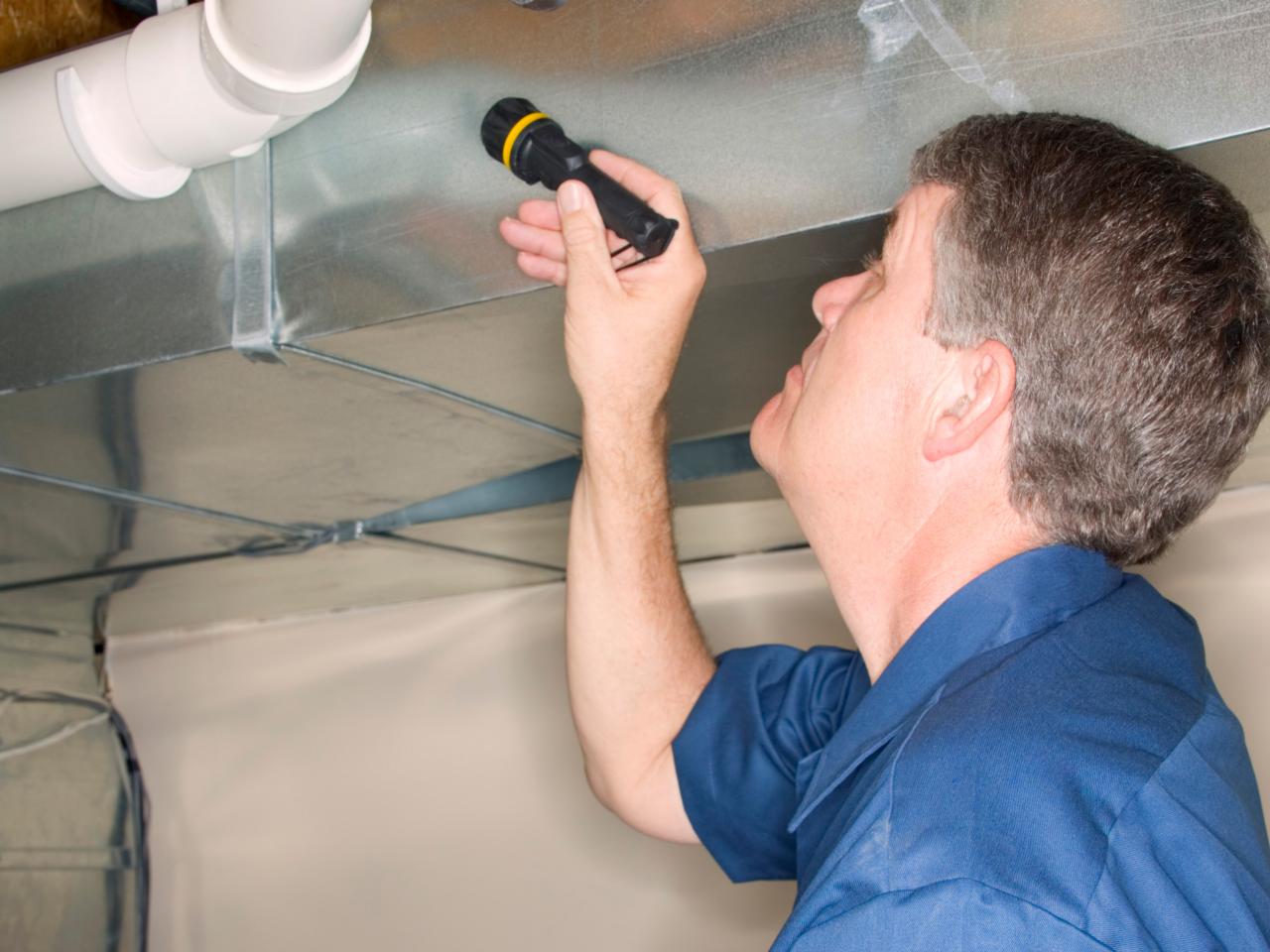Testing Air Quality After Mold Remediation
Wiki Article
Effective Article Mold Remediation Solutions for Your Home
Mold growth in homes can be a consistent issue, often requiring a systematic approach for effective post-remediation services. From recognizing the elements that add to mold and mildew development to executing appropriate cleansing methods and wetness control steps, the process can be elaborate yet important for maintaining a healthy and balanced living environment. In addition, checking out all-natural removal services and establishing a routine for recurring maintenance are necessary components of a thorough mold and mildew removal technique. As home owners strive to deal with mold and mildew worries, discovering the most reliable services ends up being extremely important for the well-being of their homes.Understanding Mold Growth Aspects
The key variable adding to mold and mildew growth is dampness. Mold spores call for wetness to germinate and grow, making moist or humid atmospheres highly at risk to mold problems.
Additionally, airflow and light direct exposure can impact mold development. Areas that do not have proper ventilation and all-natural light are extra prone to mold and mildew development. By resolving these aspects comprehensively, people can efficiently minimize mold growth and safeguard their living atmospheres.
Correct Mold Cleansing Strategies
Using reliable cleaning approaches is vital in avoiding the reappearance and dealing with of mold and mildew contamination in indoor settings. When dealing with mold, it is essential to prioritize safety and security by using safety equipment such as handwear covers, safety glasses, and masks. The initial step in proper mold and mildew cleansing is to contain the afflicted location to avoid the spread of spores to unpolluted locations. This can be attained by sealing off the area and utilizing air scrubbers or unfavorable air makers to preserve air quality.
Implementing Wetness Control Steps
To effectively avoid mold and mildew development and contamination in indoor atmospheres, applying moisture control procedures is extremely important. Additionally, making certain proper ventilation in areas susceptible to moisture accumulation, such as restrooms and cooking areas, this content can help minimize the danger of mold development. By vigilantly carrying out these moisture control procedures, homeowners can effectively reduce the probability of mold recontamination and maintain a healthy indoor setting.Using Natural Removal Solutions
After effectively carrying out moisture control procedures to avoid mold and mildew growth in indoor settings, homeowners can currently check out the performance of all-natural removal remedies in preserving a healthy home. Natural removal options use environmentally pleasant techniques to fight mold and mildew, making them a prominent option for those seeking safe options. One such remedy is using vinegar, an all-natural antimicrobial representative, to disinfect and tidy surfaces contaminated by mold and mildew. Just water down vinegar with water and spray it onto the influenced areas, enabling it to rest for a few hours prior to wiping tidy. Furthermore, tea tree oil, recognized for its antifungal buildings, can be blended with water and sprayed onto mold-infested surface areas to hinder further growth. An additional natural choice is hydrogen peroxide, which can efficiently kill mold and mildew on various surfaces without leaving unsafe residues behind. By integrating these natural remediation solutions right into their cleaning regimens, property owners can effectively fight mold and mildew growth while advertising a much healthier interior setting on their own and their households.
Preserving a Mold-Free Setting
Frequently evaluating Click Here areas susceptible to mold and mildew development, such as restrooms, cellars, kitchens, and attics, is essential. Proper air flow in locations with high moisture levels is also key to preventing mold growth.Additionally, preserving tidiness in the home is crucial for mold and mildew avoidance. Keeping indoor plants in check and making sure appropriate drain in exterior landscaping can minimize moisture build-up, reducing the likelihood of mold invasions.
Verdict
To conclude, it is essential to resolve mold development variables, use appropriate cleaning techniques, carry out moisture control steps, utilize natural removal options, remove mold mildew from wood furniture and preserve a mold-free environment in order to effectively deal with message mold and mildew remediation in your house - Post Mold remediation cleaning. By adhering to these strategies, you can avoid mold from persisting and guarantee a healthy living environment for you and your family members
The main element contributing to mold development is dampness. Mold spores need moisture to sprout and thrive, making humid or wet atmospheres highly vulnerable to mold problems.To efficiently stop mold development and contamination in interior environments, carrying out moisture control procedures is paramount. Additionally, making sure proper ventilation in locations susceptible to moisture build-up, such as kitchen areas and shower rooms, can assist reduce the risk of mold development.After effectively carrying out dampness control measures to avoid mold growth in indoor environments, property owners can now explore the efficiency of all-natural removal remedies in keeping a healthy living space.
Report this wiki page